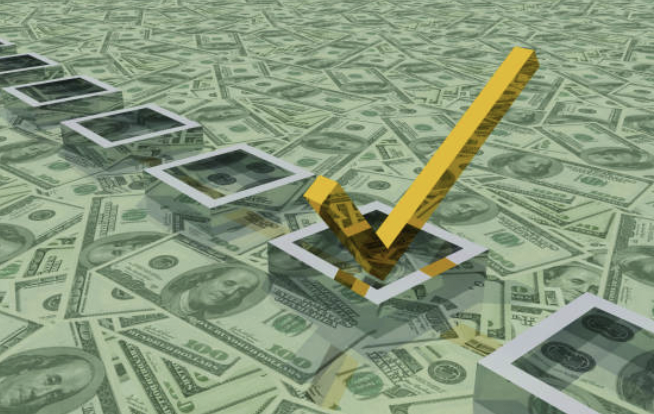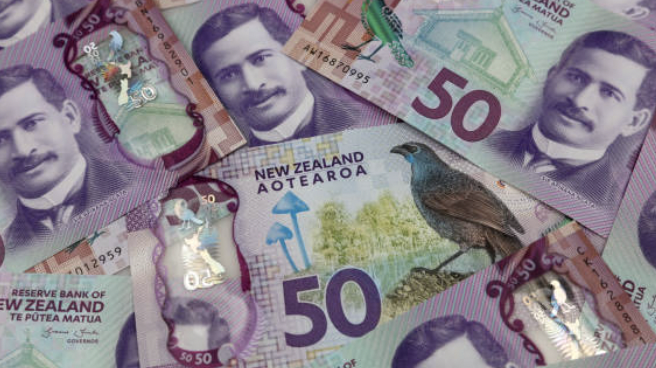
Drake Hampton
Apr 25, 2022 10:30
The risk-averse Last week, the Australian Dollar fell sharply against the US Dollar as markets adjusted to growing hawkish shifts in Fed rate hike bets. As a result of these shifts, short-term Treasury yields increased as traders sold government bonds. Overnight index swaps are pricing in a 'front-loading' of tightening, with 50 basis point hikes favored as the base case scenario for the next four FOMC meetings.
Apart from the Fed and rate hike bets, the market will be watching Australia's first-quarter inflation data due Wednesday. According to a Bloomberg survey, analysts expect the consumer price index (CPI) to rise to 4.6 percent year over year. This would be an increase from 3.6 percent year on year in Q4. A stronger-than-expected print may rekindle some bullish energy in the Australian Dollar, as bets on an RBA rate hike may strengthen in response to the strong price data. As of Friday, cash rate futures indicated a low probability of a rate hike at the RBA's May meeting.
The Japanese Yen will also be under focus this week, as the Bank of Japan is scheduled to release its April policy decision on Thursday. Rate traders do not anticipate a change in the benchmark rate, although they do anticipate an update to the bank's inflation targets. USD/JPY increased for a seventh straight week, owing to the BOJ's vigorous bond buying aimed at limiting rates. Last week, USD/JPY one-week risk reversals went into negative territory, indicating that options traders may be favoring some short-term Yen gains.
Elsewhere, the March trade balance for New Zealand will be released, which may cause some volatility in the New Zealand Dollar. NZD/USD declined last week as a result of the general risk-off sentiment that drove the majority of APAC currencies lower against the USD. This is despite the fact that bets for an RBNZ rate hike have firmed. The Kiwi Dollar's fall was almost certainly also a result of lower metal prices, which have been weighed down by both a stronger US Dollar and weakening demand as China's crackdown continues.
The march bottom is clearly in focus after AUD/USD plunged this week, slicing through its 50-, 100-, and 200-day Simple Moving Averages (SMA). If prices fall below 0.7162, this might spark bearish sentiment sufficiently to push prices near the critical 0.7000 level. Recently, both the MACD and RSI oscillators produced bearish signals, with a cross below their respective center lines.



Apr 25, 2022 10:40